Related Research Articles
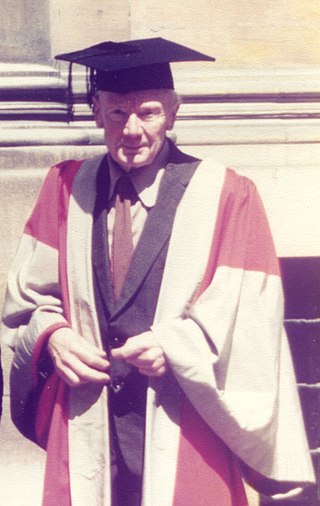
Edmund ("Ted") John Bowen FRS was a British physical chemist.

Sir Ralph Howard Fowler was a British physicist and astronomer.

Sir Cyril Norman Hinshelwood was a British physical chemist and expert in chemical kinetics. His work in reaction mechanisms earned the 1956 Nobel Prize in chemistry.
Christopher Miles Perrins, is Emeritus Fellow of the Edward Grey Institute of Field Ornithology at the University of Oxford, Emeritus Fellow at Wolfson College, Oxford and Her Majesty's Warden of the Swans since 1993.
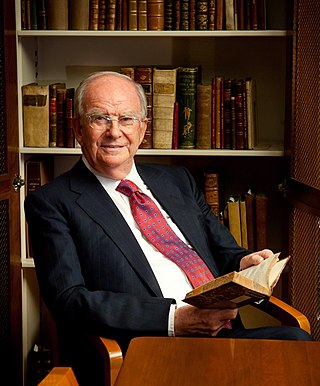
Sir John Meurig Thomas, also known as JMT, was a Welsh scientist, educator, university administrator, and historian of science primarily known for his work on heterogeneous catalysis, solid-state chemistry, and surface and materials science.
Vernon Charles Gibson is a British scientist who served as Chief Scientific Adviser at the Ministry of Defence between 2012 and 2016. He is visiting professor at Imperial College London and the University of Oxford, Honorary Professor at the University of Manchester and Executive Chair of the BP International Centre for Advanced Materials.
Sir Roy Malcolm Anderson is a leading international authority on the epidemiology and control of infectious diseases. He is the author, with Robert May, of the most highly cited book in this field, entitled Infectious Diseases of Humans: Dynamics and Control. His early work was on the population ecology of infectious agents before focusing on the epidemiology and control of human infections. His published research includes studies of the major viral, bacterial and parasitic infections of humans, wildlife and livestock. This has included major studies on HIV, SARS, foot and mouth disease, bovine tuberculosis, bovine spongiform encephalopathy (BSE), influenza A, antibiotic resistant bacteria, the neglected tropical diseases and most recently COVID-19. Anderson is the author of over 650 peer-reviewed scientific articles with an h-index of 125.

Sir David Charles Clary, FRS is a British theoretical chemist. He was president of Magdalen College, Oxford, from 2005 to 2020. He was the first chief scientific adviser to the Foreign and Commonwealth Office from 2009 to 2013. He is a Professor of Chemistry at the University of Oxford.
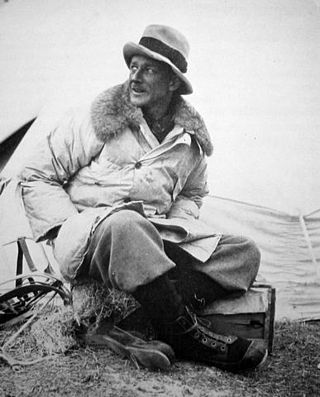
George Ingle Finch was an Australian chemist and mountaineer. His obituary in The Times describes him as "one of the two best alpinists of his time".
Harden M. McConnell was an American physical chemist. His many awards included the National Medal of Science and the Wolf Prize, and he was elected to the National Academy of Science."
Harold Baily Dixon (1852–1930) was a British chemist. He was also an amateur footballer who appeared for Oxford University in the 1873 FA Cup Final.
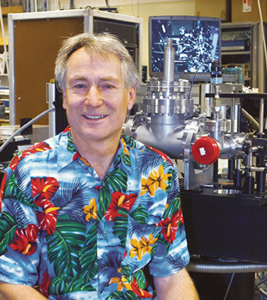
Richard James Saykally is an American chemist. He is currently the Class of 1932 Endowed Professor of Chemistry at the University of California, Berkeley. He has received numerous awards for his research on the molecular characteristics of water and aqueous solutions.
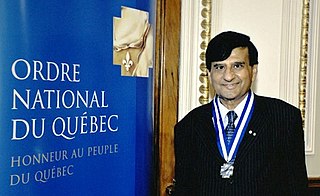
Ashok K. Vijh, is an Indian born Canadian chemist. He was born in Punjab but moved to Canada in 1962.

Kenneth Langstreth Johnson FRS FREng was a British engineer, Professor of Engineering at the University of Cambridge from 1977 to 1992 and a Fellow of Jesus College, Cambridge. Most of his research was in the areas of tribology and contact mechanics.
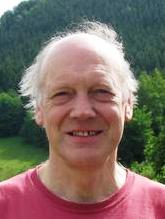
Geoffrey Richard GrimmettOLY is a mathematician known for his work on the mathematics of random systems arising in probability theory and statistical mechanics, especially percolation theory and the contact process. He is the Professor of Mathematical Statistics in the Statistical Laboratory, University of Cambridge, and was the Master of Downing College, Cambridge, from 2013 to 2018.

Sir John Shipley Rowlinson was a British chemist. He attended Oxford University, where he completed his undergraduate studies in 1948 and doctoral in 1950. He then became research associate at University of Wisconsin (1950–1951), lecturer at University of Manchester (1951–1961), Professor at Imperial College London (1961–1973) and back at Oxford from 1974 to his retirement in 1993.
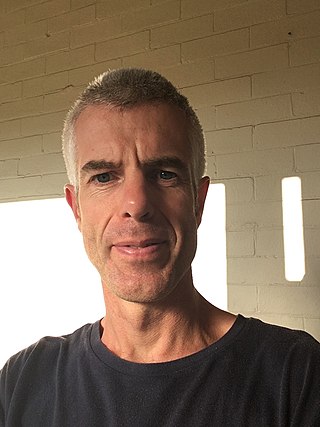
Thomas Andrew Bridgeland is a Professor of Mathematics at the University of Sheffield. He was a senior research fellow in 2011–2013 at All Souls College, Oxford and, since 2013, remains as a Quondam Fellow. He is most well-known for defining Bridgeland stability conditions on triangulated categories.
Sir Eric Keightley Rideal, was a British physical chemist. He worked on a wide range of subjects, including electrochemistry, chemical kinetics, catalysis, electrophoresis, colloids and surface chemistry. He is best known for the Eley–Rideal mechanism, which he proposed in 1938 with Daniel D. Eley. He is also known for the textbook that he authored, An Introduction to Surface Chemistry (1926), and was awarded honours for the research he carried out during both World Wars and for his services to chemistry.

(Edith) Yvonne Jones is director of the Cancer Research UK Receptor Structure Research Group at the University of Oxford and a Fellow of Jesus College, Oxford. She is widely known for her research on the molecular biology of cell surface receptors and signalling complexes.

Anne Neville was the Royal Academy of Engineering Chair in emerging technologies and Professor of Tribology and Surface Engineering at the University of Leeds.
References
- ↑ Biography International Who's Who
- ↑ Bob Thomas University web page
- ↑ Thomas Group website
- ↑ Robert, Thomas. "Biography". Biography. The Royal Society. Retrieved 6 March 2020.
- ↑ "Surfaces and Interfaces Award".